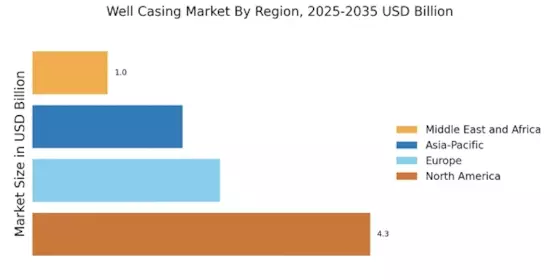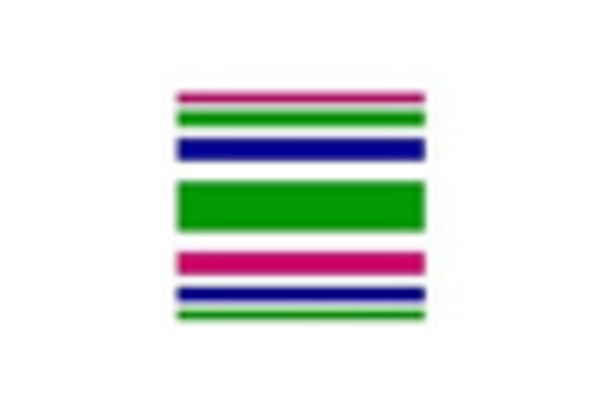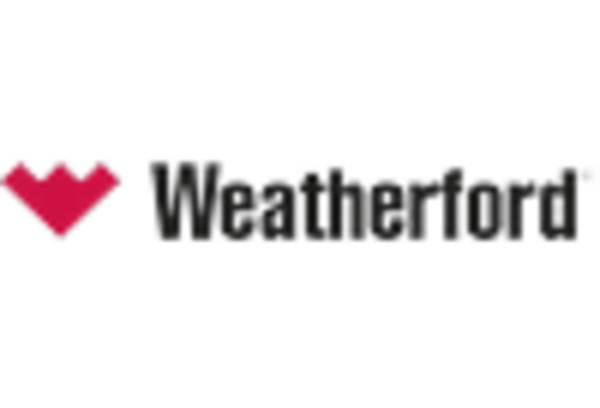Increasing Demand for Oil and Gas
The Well Casing Market is experiencing a surge in demand driven by the increasing global consumption of oil and gas. As economies expand, the need for energy resources escalates, prompting exploration and production activities. According to recent data, the oil and gas sector is projected to grow at a compound annual growth rate of approximately 3.5% over the next five years. This growth necessitates the use of well casing to ensure the integrity and safety of drilling operations. Consequently, the rising demand for energy is likely to bolster the well casing market, as companies seek reliable solutions to support their drilling endeavors.
Infrastructure Development Projects
Infrastructure development projects are playing a crucial role in shaping the Well Casing Market. As nations invest in building and upgrading their energy infrastructure, the need for reliable well casing solutions becomes paramount. For instance, the construction of new pipelines and refineries necessitates extensive drilling operations, which in turn drives the demand for well casing. Recent estimates suggest that infrastructure investments in the energy sector could reach trillions of dollars over the next decade. This influx of capital is expected to create substantial opportunities for well casing manufacturers, as they provide essential products to support these large-scale projects.
Rising Investment in Renewable Energy
The Well Casing Market is also being shaped by the rising investment in renewable energy sources. As the world shifts towards sustainable energy solutions, there is a growing need for well casing in geothermal energy projects and other renewable initiatives. The demand for geothermal energy is projected to increase, with estimates suggesting a growth rate of around 10% annually. This shift not only diversifies the applications of well casing but also opens new avenues for market participants. As investments in renewable energy continue to rise, the well casing market is likely to adapt and evolve to meet the changing energy landscape.
Technological Innovations in Drilling
Technological advancements in drilling techniques are significantly influencing the Well Casing Market. Innovations such as horizontal drilling and hydraulic fracturing have revolutionized the extraction of oil and gas, leading to increased efficiency and reduced costs. These technologies require advanced well casing solutions to withstand the pressures and conditions encountered during drilling. The market for well casing is expected to expand as operators adopt these innovative methods, which are projected to enhance production rates by up to 20%. As a result, the integration of cutting-edge technologies into drilling operations is likely to drive the demand for well casing products.
Environmental Regulations and Compliance
The Well Casing Market is increasingly influenced by stringent environmental regulations aimed at minimizing the ecological impact of drilling activities. Governments are implementing policies that require operators to utilize high-quality well casing to prevent leaks and contamination of groundwater. Compliance with these regulations is not only a legal obligation but also a critical factor in maintaining public trust. As a result, companies are investing in advanced well casing technologies that meet or exceed regulatory standards. This trend is likely to drive market growth, as adherence to environmental regulations becomes a key consideration for operators in the energy sector.


















Leave a Comment